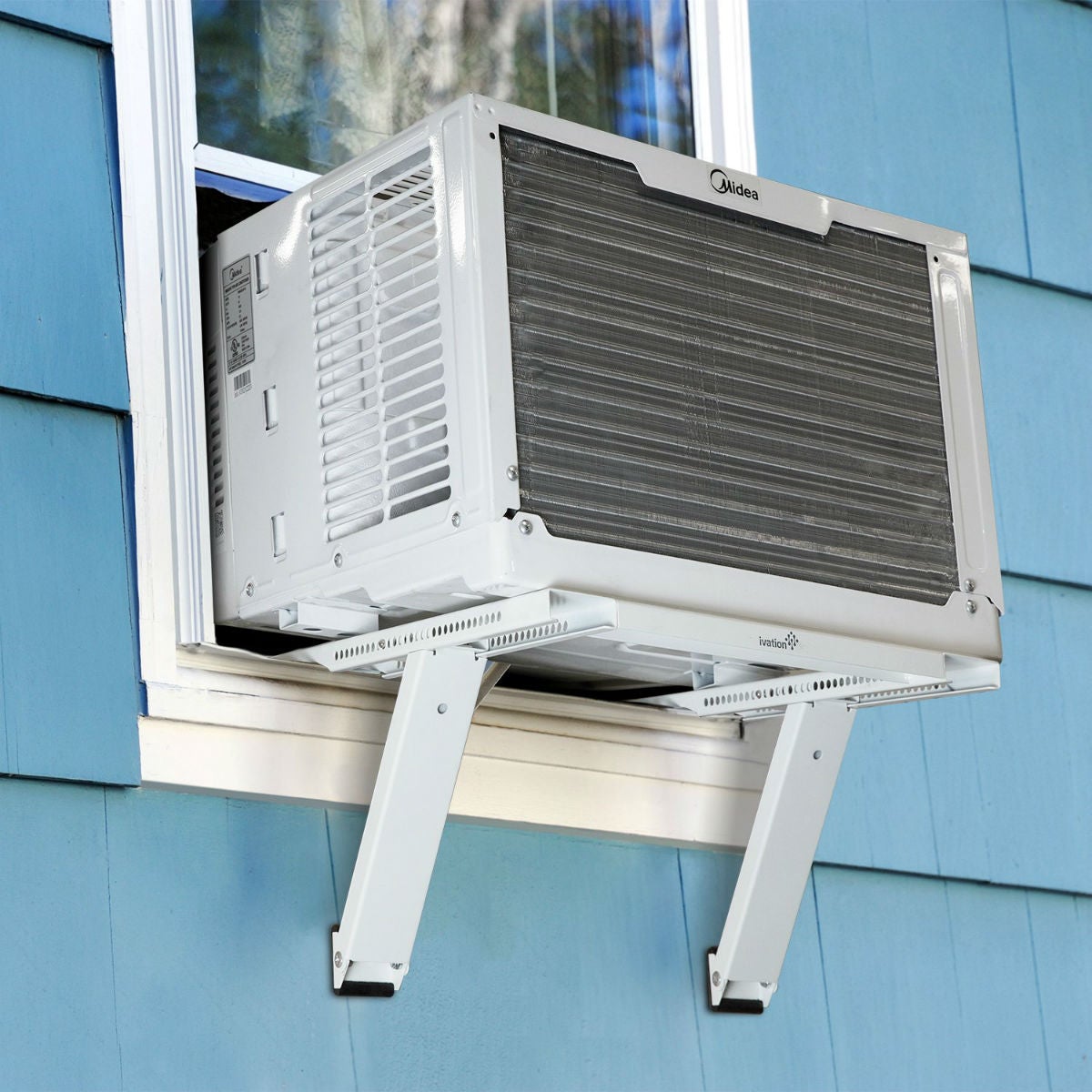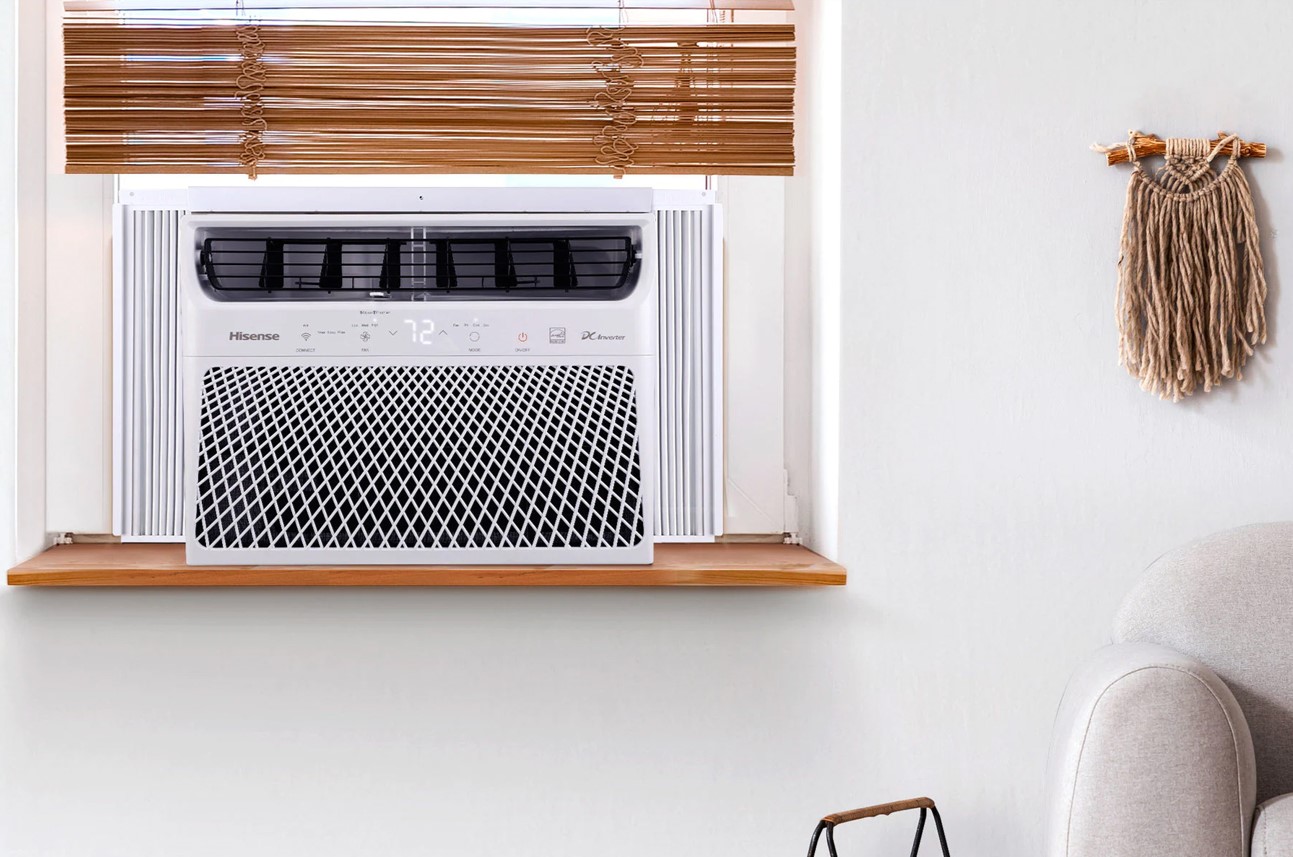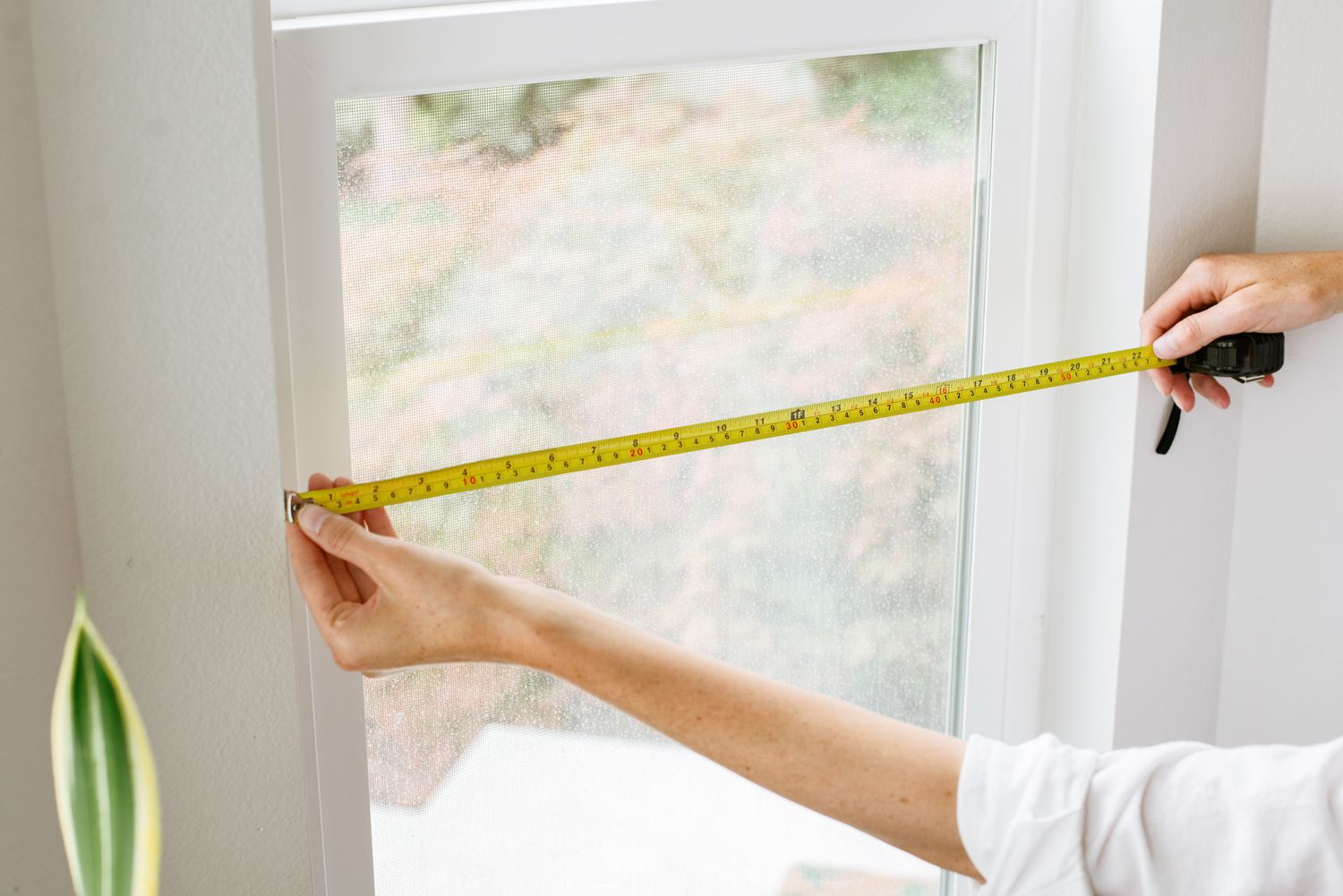Home>Home Maintenance>How To Measure A Window For An Air Conditioner


Home Maintenance
How To Measure A Window For An Air Conditioner
Modified: August 23, 2024
Learn how to measure a window for an air conditioner with our step-by-step guide. Ensure proper home maintenance and cooling efficiency.
(Many of the links in this article redirect to a specific reviewed product. Your purchase of these products through affiliate links helps to generate commission for Storables.com, at no extra cost. Learn more)
Introduction
Welcome to our guide on how to measure a window for an air conditioner! Whether you’re upgrading your cooling system or simply want to ensure a proper fit, it’s essential to measure your window accurately. This will help you find the right-sized air conditioner and ensure optimal performance. Don’t worry if you’re not an expert – we’ll walk you through the process step by step.
Before we dive into the measuring process, let’s discuss the importance of getting the correct measurements. A properly sized air conditioner will cool your room efficiently, saving energy and reducing your utility bills. Additionally, a secure fit prevents air leaks, which can affect the unit’s performance and potentially lead to damage.
Now, let’s gather the necessary tools to get started.
Key Takeaways:
- Measure your window accurately for the right-sized air conditioner. Use tools like a tape measure and notebook, and consider window type and square footage. Stay cool and save energy!
- Consider window location, insulation, and room size when selecting an air conditioner. Look for high energy efficiency and ensure proper installation for optimal cooling.
Read more: What Is A Window Air Conditioner
Step 1: Gather the necessary tools
Before we begin measuring your window, make sure you have the following tools handy:
- Tape measure: This will be your most important tool for obtaining accurate measurements. Make sure it’s long enough to reach the full width and height of your window.
- Notebook and pencil: Keep track of your measurements as you go along. This will help you avoid any confusion or mistakes later on.
- Paper or cardboard: You’ll need this to create a makeshift template of your window, especially if you have an irregularly shaped window or plan to purchase online.
- Masking tape: This will come in handy for marking the measurements on your window, making it easier to visualize and work with.
- Level: While not entirely necessary, a level can help you ensure that your window is straight and level, which is important for proper installation and operation of the air conditioner.
Once you have gathered these tools, you’re ready to move on to the next step: measuring the width of your window.
Step 2: Measure the width of the window
To accurately measure the width of your window, follow these steps:
- Open the window fully: Ensure that the window is completely open, as this will give you the most accurate width measurement.
- Locate the inside edges: Identify the inside edges of the window frame, where the window slides or pivots.
- Place the tape measure: Starting from the inside edge on one side, extend the tape measure across to the opposite inside edge. Make sure the tape is pulled taut and level.
- Take the measurement: Read the measurement on the tape measure where it intersects the inside edge of the opposite side. This measurement will give you the width of your window.
- Record the measurement: Write down the width measurement in your notebook for easy reference later on.
Keep in mind that some windows may have a trim or sill that slightly protrudes from the frame. In this case, measure from the furthest point of the trim to the opposite inside edge for a more accurate width measurement.
Once you have measured the width, you can move on to step 3: measuring the height of the window.
Step 3: Measure the height of the window
Now that you have measured the width of your window, it’s time to measure the height. Follow these steps:
- Close the window: Make sure the window is closed properly before taking the measurement.
- Locate the inside edges: Similar to measuring the width, identify the inside edges of the window frame.
- Place the tape measure: Starting from the inside edge at the top, extend the tape measure vertically down to the inside edge at the bottom.
- Take the measurement: Read the measurement on the tape measure where it intersects the inside edge at the bottom. This measurement will give you the height of your window.
- Record the measurement: Write down the height measurement in your notebook for future reference.
Just like with the width measurement, be aware of any protrusions such as a windowsill or decorative trim. Measure from the highest point to the inside edge at the bottom for an accurate height measurement.
Congratulations! You have successfully measured the height of your window. Now, let’s move on to step 4: determining the type of window you have.
When measuring a window for an air conditioner, be sure to measure the width, height, and depth of the window opening to ensure the air conditioner will fit properly.
Step 4: Determine the window type
Before selecting an air conditioner, it’s important to identify the type of window you have. Different window types require different installation methods. Here are some common window types:
- Single-hung or double-hung windows: These are classic vertical sliding windows with two sashes. They are the most common type of windows and are relatively easy to install air conditioners in.
- Casement windows: These windows are hinged on one side and open outward like a door. Installing an air conditioner in a casement window may require a specific installation kit or custom modifications.
- Slider windows: Slider windows have two or more sashes that slide horizontally. Air conditioners can typically be installed in slider windows, but the size and dimensions may vary.
- Awning windows: Awning windows are similar to casement windows but are hinged at the top and open outward. Installing an air conditioner in an awning window may require special considerations.
Once you have determined the type of window you have, you can proceed to the next step: calculating the square footage of your window.
Read more: How To Fix A Window Air Conditioner
Step 5: Calculate the square footage of the window
Calculating the square footage of your window is an important step when considering the size of air conditioner to purchase. Here’s how you can do it:
- Measure the width: Using the width measurement you obtained in Step 2, write down the width in feet.
- Measure the height: Using the height measurement you obtained in Step 3, write down the height in feet.
- Multiply the width and height: Multiply the width and height measurements together to find the total square footage of your window. For example, if your window has a width of 3 feet and a height of 4 feet, the total square footage would be 12 square feet.
Knowing the square footage of your window will help you choose an air conditioner that is suitable for your space. It’s generally recommended that you have approximately 20 BTUs (British Thermal Units) per square foot of space. Therefore, a window with an area of 12 square feet would require an air conditioner with a cooling capacity of around 240 BTUs.
Now that you have calculated the square footage of your window, it’s time to consider some additional factors in Step 6.
Step 6: Consider additional factors
While measuring the width, height, and square footage of your window is crucial, there are a few additional factors to consider before purchasing an air conditioner:
- Window location: Take note of the window’s location in your home. South-facing windows receive more direct sunlight, which can increase the cooling load. Conversely, north-facing windows may be shaded and require less cooling.
- Insulation: Evaluate the insulation in your room. Well-insulated rooms retain cool air better, requiring a smaller-capacity air conditioner. If your room has poor insulation, you may need a higher-capacity unit.
- Room size: Consider the size of the room that the air conditioner will be cooling. Larger rooms or rooms with high ceilings may need a higher-capacity unit to effectively cool the space.
- Energy efficiency: Look for air conditioners with high energy efficiency ratings (EER or SEER). These units are designed to consume less energy, helping you save on your electricity bills in the long run.
- Installation requirements: Different air conditioners have different installation requirements. Ensure that your window can accommodate the specific type of air conditioner you are considering.
Considering these additional factors will help you make an informed decision when selecting the right air conditioner for your window and cooling needs.
With these steps and considerations in mind, you are now equipped with the knowledge to measure your window for an air conditioner and select the appropriate unit. Take your time, double-check your measurements, and consult an expert if needed. Soon, you’ll be enjoying a cool and comfortable living space during those hot summer months!
Now that you have completed all the necessary steps, you are ready to begin the process of selecting and installing your air conditioner. Stay cool!
Conclusion
Measuring a window for an air conditioner may seem like a daunting task, but with the right tools and guidance, it can be a straightforward process. By accurately measuring the width and height of your window, determining the window type, calculating the window’s square footage, and considering additional factors, you will be well-equipped to choose the right air conditioner for your space.
Ensuring a proper fit is crucial to maximize the efficiency and performance of your air conditioner. A well-fitted unit will cool your room effectively, save energy, and provide you with a comfortable living environment.
Remember to gather the necessary tools, including a tape measure, notebook and pencil, paper or cardboard for creating a template, masking tape, and a level. These tools will help you accurately measure your window and make the process smoother.
Take into account the type of window you have, such as single-hung or double-hung, casement, slider, or awning, as it will influence the specific installation requirements for your air conditioner.
Calculating the square footage of your window is essential in determining the appropriate cooling capacity required for your air conditioner. This will ensure that your new unit is capable of effectively cooling your space without wasting energy.
Finally, consider additional factors such as window location, insulation, room size, energy efficiency, and installation requirements. These factors will contribute to the overall effectiveness and efficiency of your air conditioning system.
By following these steps and considering these factors, you will be well-prepared to select and install the perfect air conditioner for your window. Remember to consult with experts if needed, and take your time to make an informed decision.
With a properly measured and fitted air conditioner, you can beat the summer heat and enjoy a cool and comfortable home. Stay cool and make the most of your air conditioning system!
Frequently Asked Questions about How To Measure A Window For An Air Conditioner
Was this page helpful?
At Storables.com, we guarantee accurate and reliable information. Our content, validated by Expert Board Contributors, is crafted following stringent Editorial Policies. We're committed to providing you with well-researched, expert-backed insights for all your informational needs.














